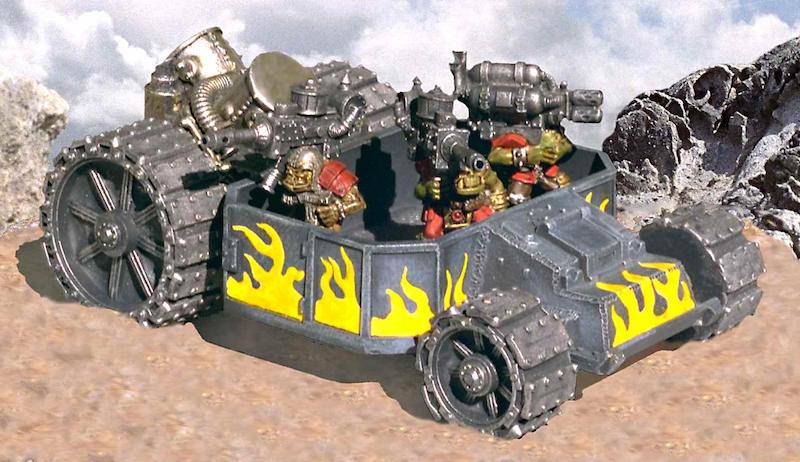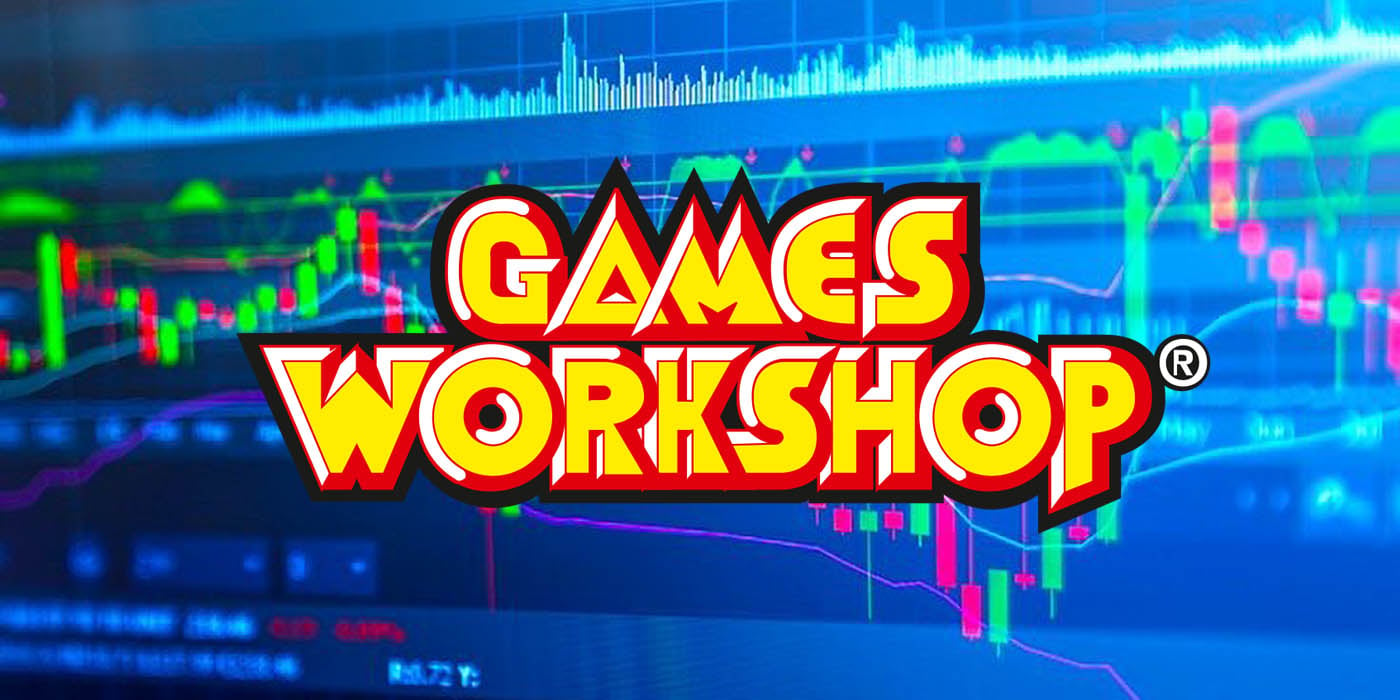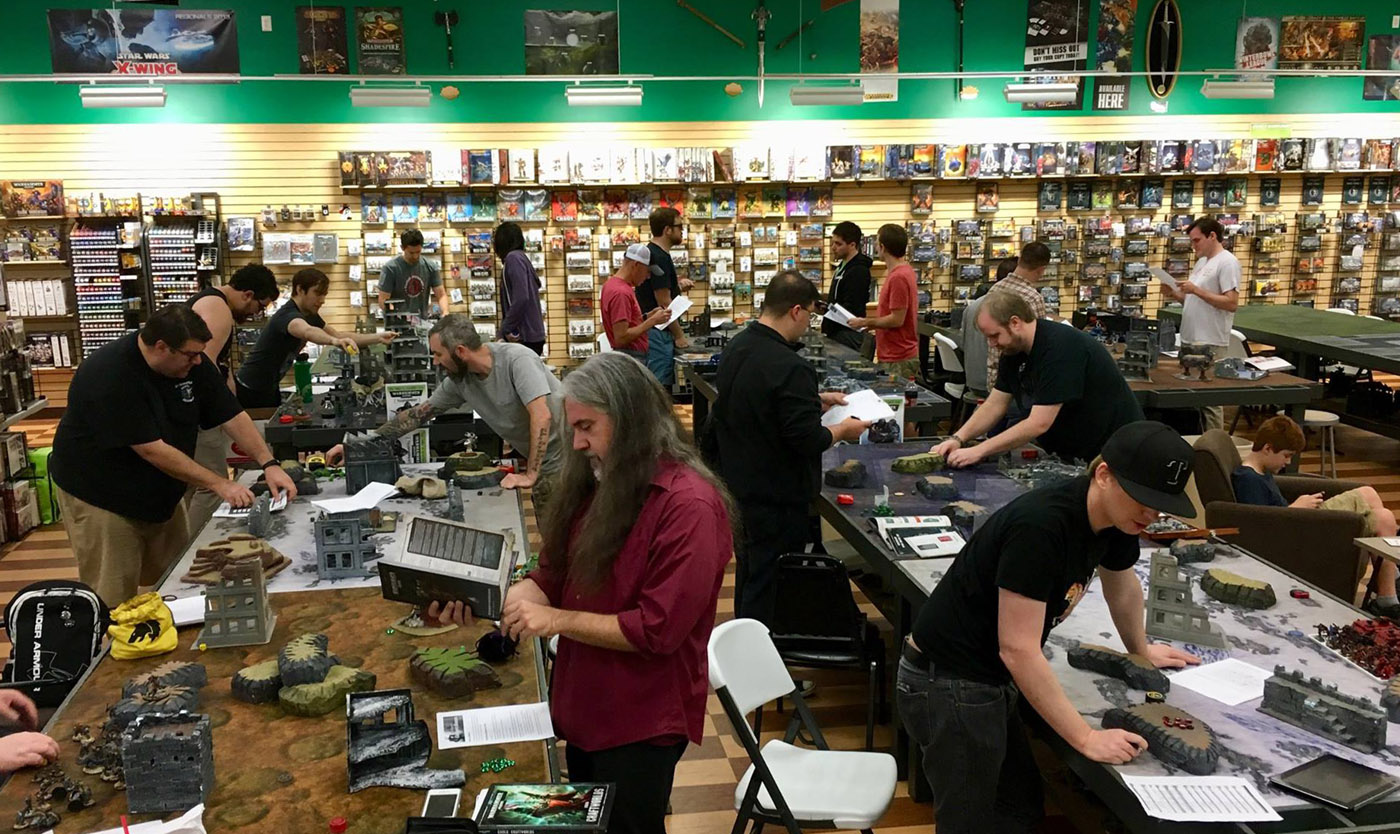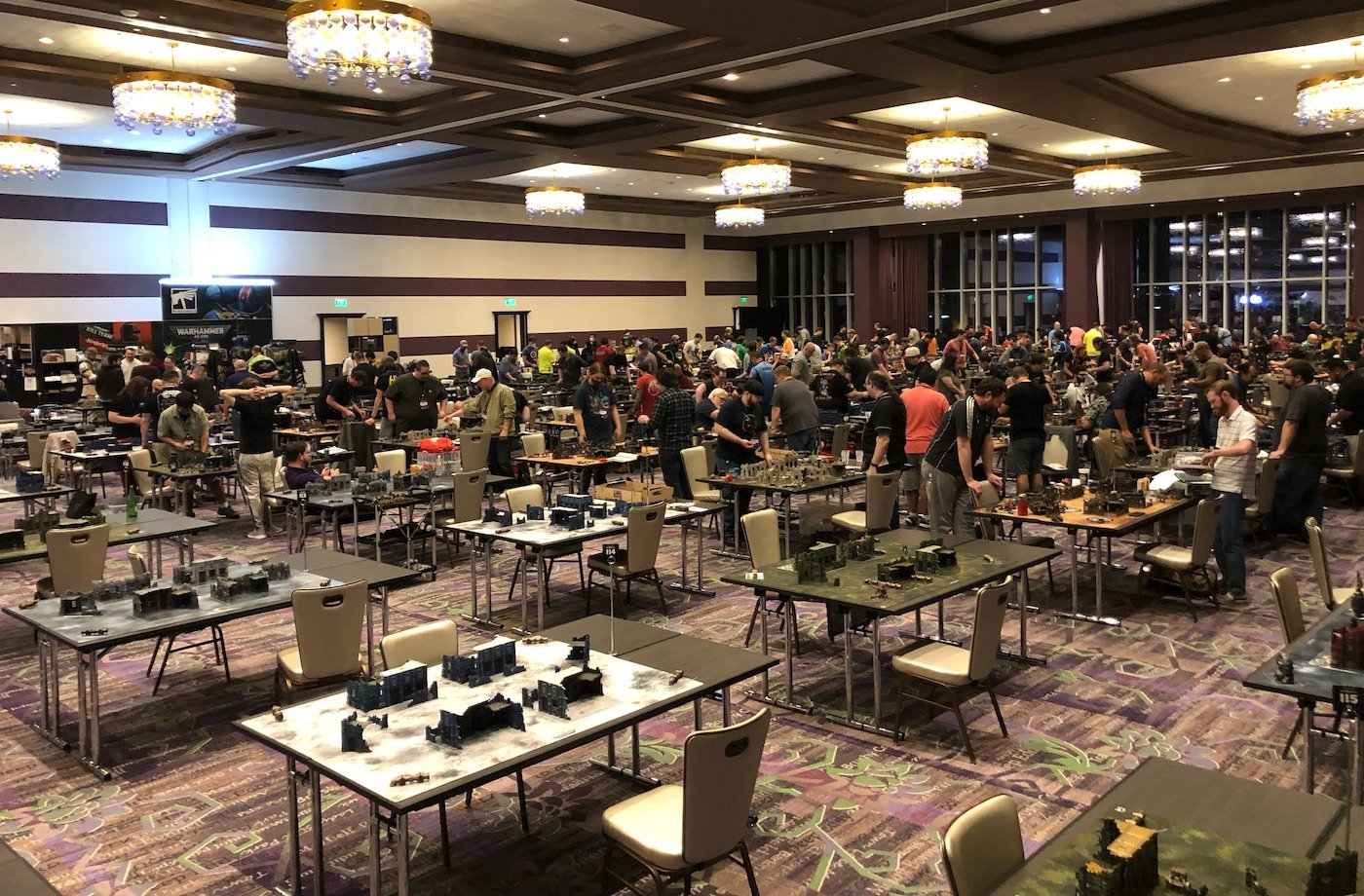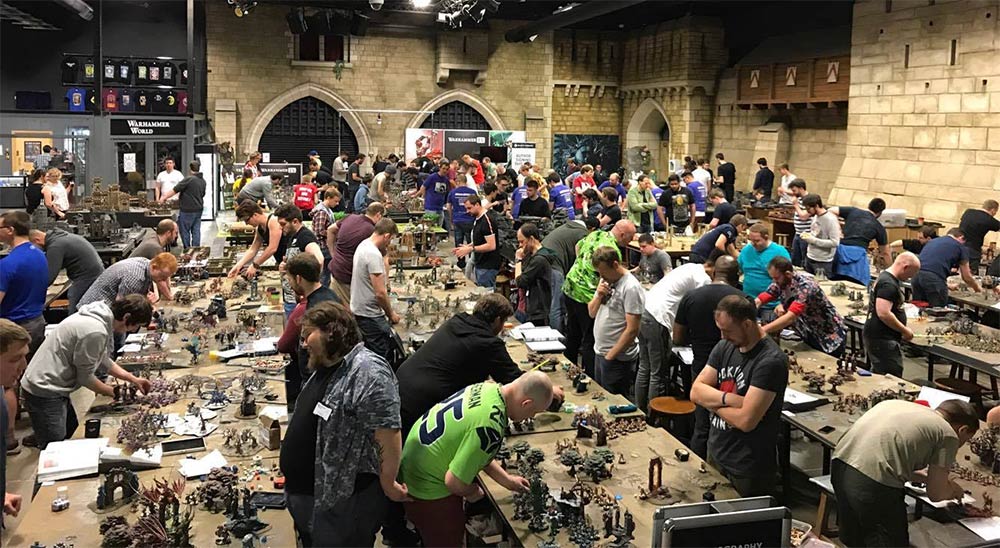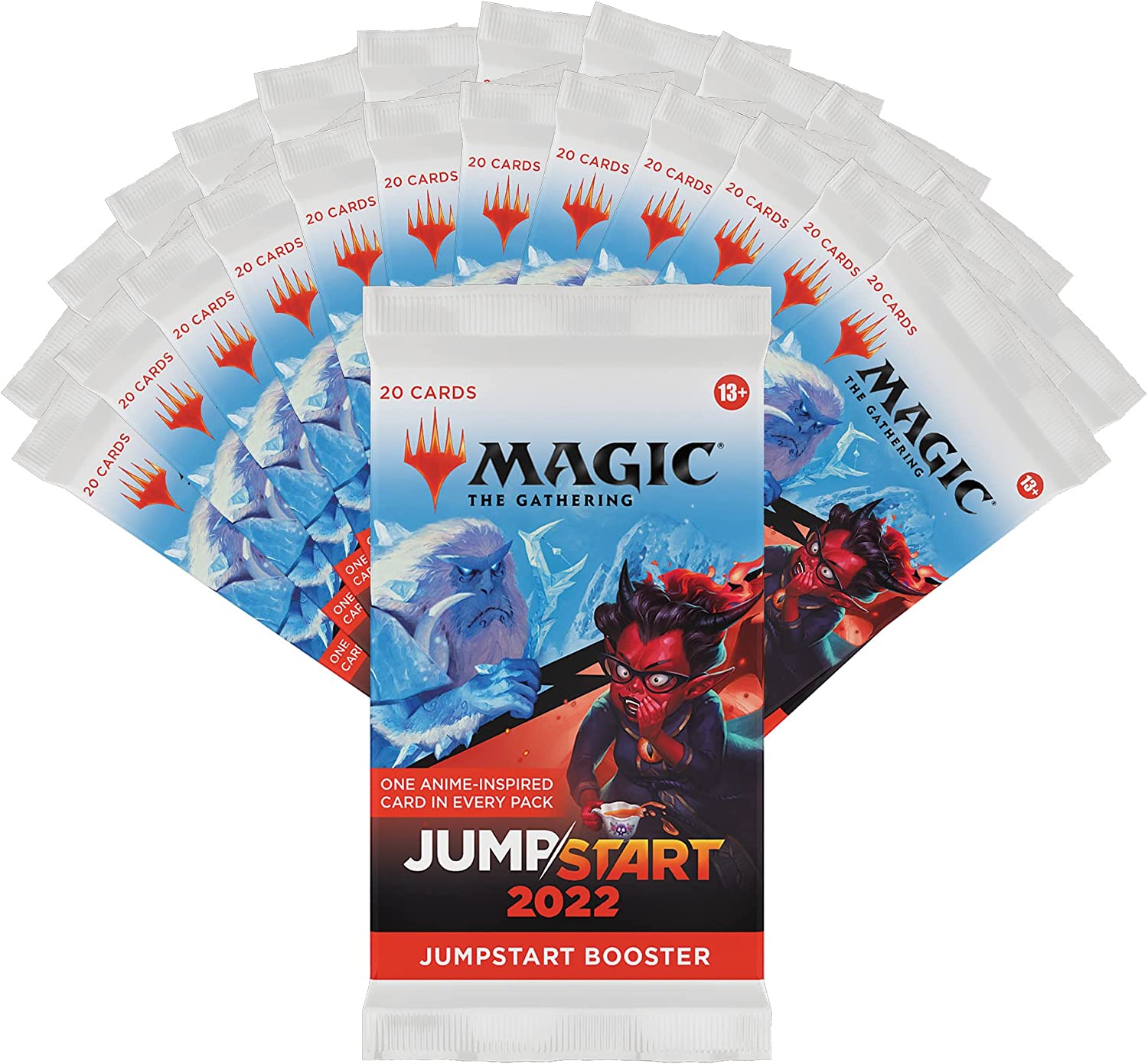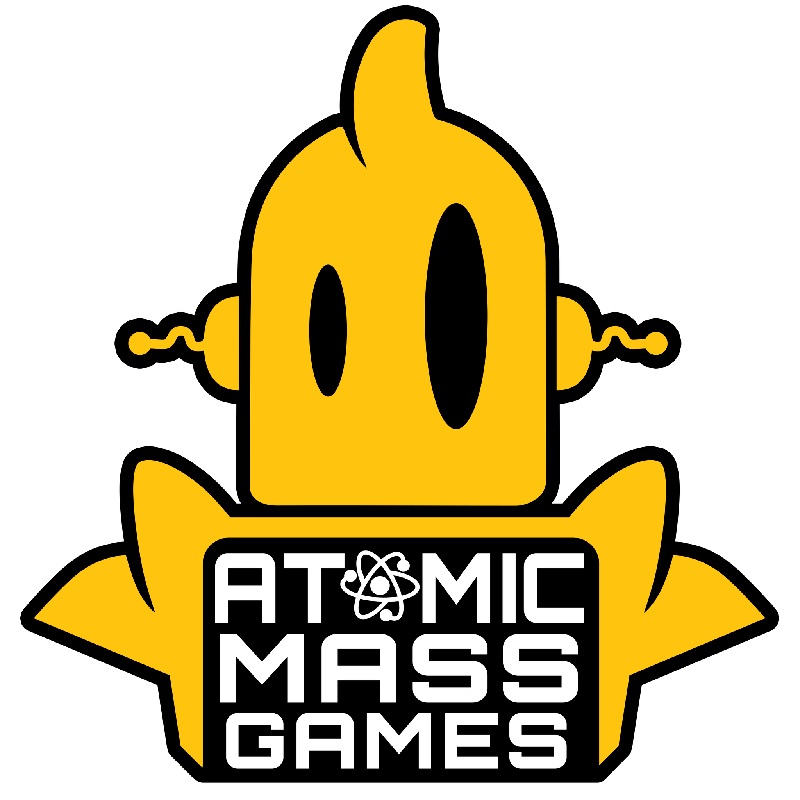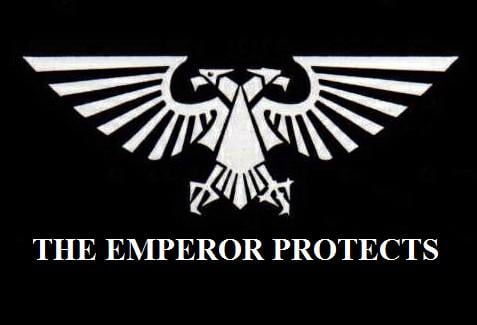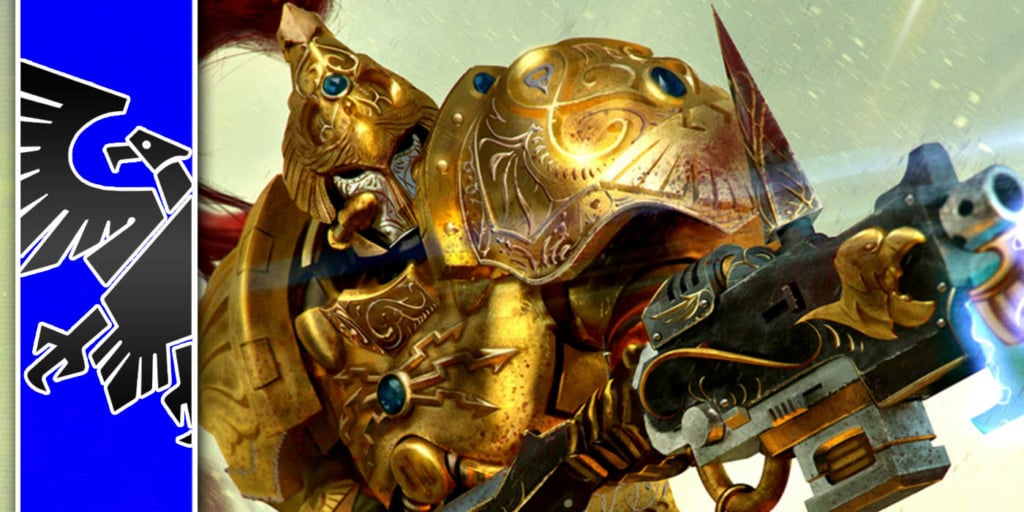Warhammer 40K: Here’s How GW Could Deal With Third Party Minis
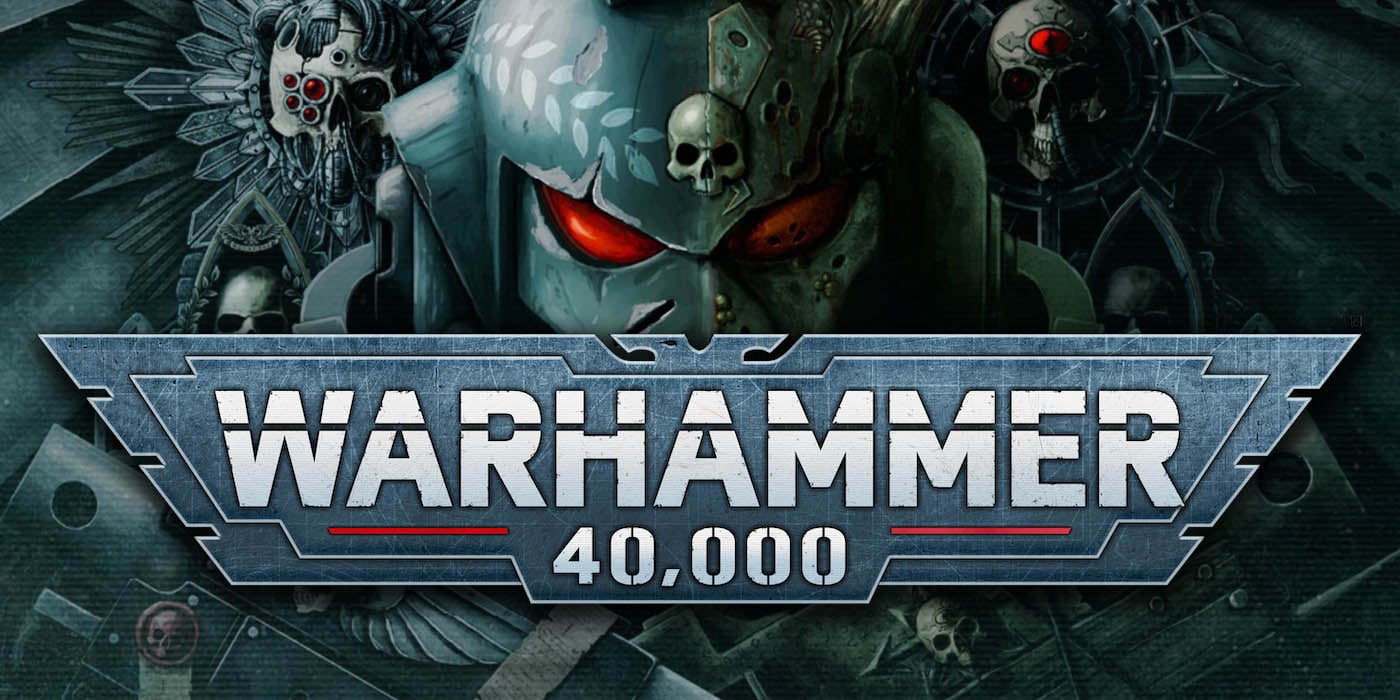

Today take a look at a tactic that Games Workshop could use to fight the rise of 3rd party minis.
Around a month ago I wrote an article about how house Third Party Minis are ruining 40K. This article seems to have sparked a lively debate within the playerbase. And yet, despite hundreds of comments, almost no one disputed the central premise of the article. The point was that the rise of 3rd Party models has provoked a reaction from GW. Ultimately this reaction is bad for 40K as a game and hurts the community. So today, let’s take a look at another way GW could deal with the issue.
What GW Is Doing Now
GW’s current tactic is essentially to say, “if there are no models, there are no rules”. For years it was very common to find 40K unit options or whole units with rules but no models. For example, there was a long period when there was no model for the Ork Battlewagon. It was up to players to find a model they could use. In more recent years, GW has moved to a release philosophy that – if there isn’t a model, there will be no rules. In large part, this has been to combat 3rd party models. If GW doesn’t make a model, it’s assumed someone else will. Rather than kitbashing from GW kits, players might buy 3rd party ones. This has even led to them getting rid of unit equipment options that aren’t explicitly included with the default model kit. Apparently, the view is that if players purchase single 3rd party bitz, they might move on later purchase whole models.
Is This Effective?
Here is the thing. Third-party models hurt GW. It takes money that might have been spent on official 40K models and spends it elsewhere, or not at all in the case of some 3D printing. People might argue that this isn’t the case. But it is clear the GW believes it is, and I’ve seen no solid evidence to support it being otherwise. 3rd party models also hurt FGLSs, as players rarely can or do buy such items from physical game stores. I say this as someone who has spent years owning an FLGS and talked to many many other owners. How badly it affects a store or GW may depend in part on thestore’s physical location, or model inventory, but broadly speaking – it’s bad.
GW, of course, as with any manufacturer, has a right to protect its product and copyright. They also have a right to make money and sell their product and defend their game in the marketplace. So is the current tactic working? Well, without access to GW’s internal info – I can’t say for sure. However, I would guess the answer is at best “not well“. We haven’t seen a massive drop off in 3rd party models and 3d printing is only making things more complicated. In addition, even if it IS working, I’d say the consequences for the game aren’t worth it. This tactic, in large part a reaction to the Chapter House legal case, has slowly been hurting parts of the game, as can be seen in the major restrictions of the new Guard Codex. So is there a better way to handle this?
Tournaments Are The Way to Go
A much better way to deal with rising 3rd party model use is through a strong tournament/event system. Now official GW events already ban 3rd party models. There is no surprise there. However currently, GW runs very few of them. They are mostly limited to those at Warhammer World, GW stores, and a few high-level events worldwide. In the past GW had a strong and controlled tournament scene with Red Shirts running events and lots of prize support for local events at FLGSs and IGTs. Years ago however GW stepped back from this scene and curtailed most of this kind of support.
So How Would It Work?
Essentially GW would need to make a big play to move into supporting, if not running, a LOT of events. Not just a handful of national ones, but local events at FLGSs on a monthly schedule. Ideally, this would lead to GW run local and national leagues. In return for abiding by GW rules preventing the use of 3rd party parts, GW would supply the events with support, prizes, and other things. Currently, GW seems to be pushing for a 0% 3rd party models policy. I’m not sure this is practical. Determining if a particular plastic bit is official GW Or a 3d printed part can be hard and puts a lot of stress on event organizers. Personally, I think a better tactic is to go for a 75% GW model policy, i.e. each model in your army must be at least 75% GW models. This prevents full 3rd party models, but would allow some 3rd party bits, which honestly are likely less of an issue, since they augment real GW models.
What Kind Of Support?
So what kind of support should GW supply in return for the stories following the rules? In the past it was supplied in an allowance for prize support. A store might get X amount of dollars to spend for free with GW on models to give away. Winners would get to pick a model. This could work but might be very costly and isn’t really unique. There are other options. Cheaper unique prizes are a major rage for players these days. What about giving away special dice sets to winners? Challenge coins. Or even better limited edition league-only models. Each quarter could come with a unique mini. Think about the GW Store-only anniversary minis, but instead given to tournament winners. Printed GW art could also work, as they’ve done this before. Unique prizes entice players to play in a lot of events and give them something really cool, while potentially keeping costs down for GW.
Would It Work?
Would this plan work? Obviously I can’t say for certain. Ideally, players would be enticed to play in the events due to cool prizes. Event organizers would, for the most part enforce the rules. As more and more players build armies for events, less players would use 3rd party models outside of random home games, and personal hobby painting (which is totally fine). Cool unique prizes would drive event attendance, which doesn’t all have to be competitive, and increase the playerbases. Instead of driving people away with perceived draconian rules and limiting their game release strategy, GW could win a lot of a lot of goodwill and make a better game. Eventually, a growing, more engaged, and vibrant organized play environment would put the specter of 3rd party models behind it over time.
And look, I’m not even the first person to come up with this idea. It’s already out there working. This is effectively what most other large scale competitive games, such as MTG and the Atomic Mass Games systems, do. MTG cards are the easiest thing in the world the make, you just need a pen a paper. And yet, despite this, thanks to the strength of their tournament system it’s not really a huge deal for the company (which has its own issues of course). So yeah, this might take some work. But making a good game takes work. And there are plenty of proofs of concept for this out there.
Let us know what you
think of this idea, down in the comments!

